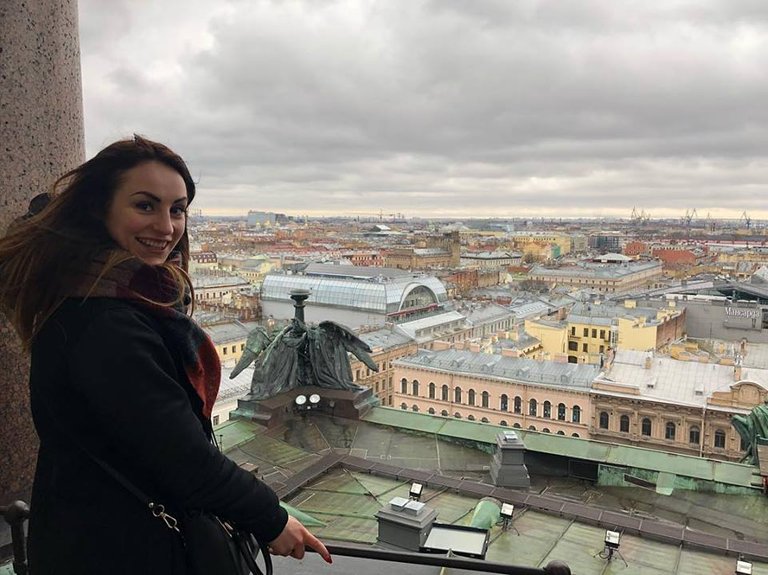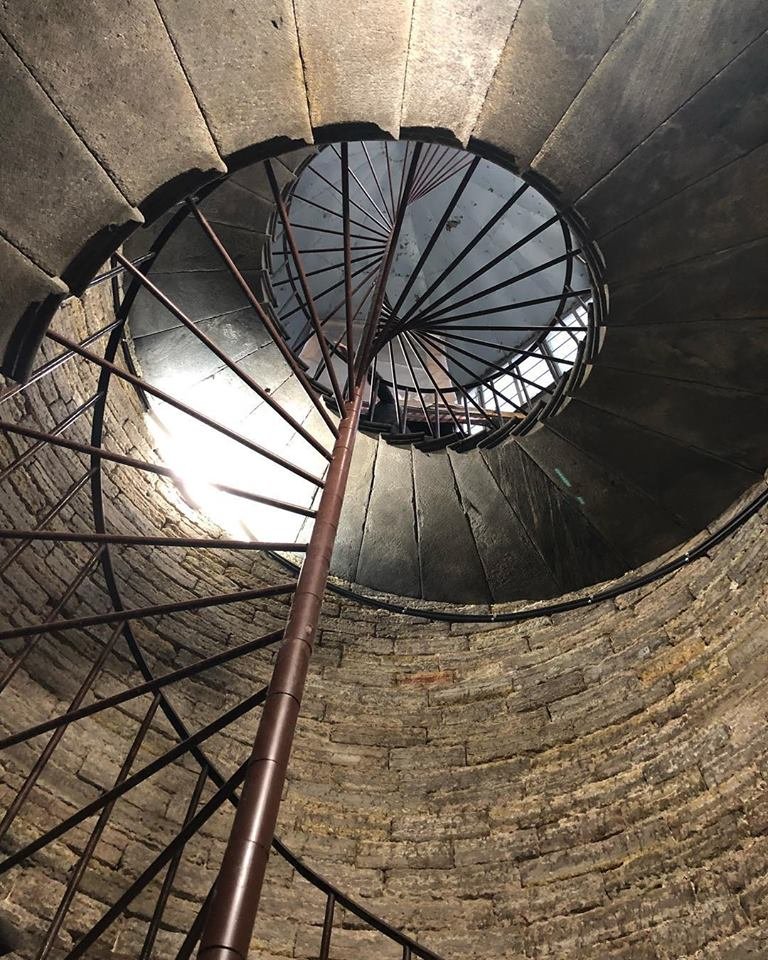
The congregation on St Isaac's Square was requested by Tsar Alexander I, to supplant a prior structure by Vincenzo Brenna, and was the fourth back to back chapel remaining at this place.[6] An exceptionally designated commission inspected a few outlines, including that of the French-conceived draftsman Auguste de Montferrand (1786– 1858), who had examined in the atelier of Napoleon's originator, Charles Percier. Montferrand's outline was scrutinized by a few individuals from the commission for the dry and supposedly exhausting mood of its four indistinguishable pedimented octastyle patios. It was additionally proposed that notwithstanding monstrous measurements, the structure would look squat and not extremely noteworthy. The individuals from the commission, which comprised of surely understood Russian engineers, were additionally especially worried by need to manufacture another immense expanding on the old unsecure establishment. The sovereign, who supported the cumbersome Empire style of engineering, needed to venture in and tackle the debate to support Montferrand.
The house of God took 40 years to develop, under Montferrand's course, from 1818 to 1858.[6] To secure the development, the church's establishment was fortified by driving 25,000 heaps into the fenland of Saint Petersburg. Imaginative techniques were made to erect the mammoth sections of the patio. The development expenses of the basilica totalled a mind boggling entirety of 1 000 gold rubles. Under the Soviet government, the building was stripped of religious trappings. In 1931, it was transformed into the Museum of the History of Religion and Atheism, the pigeon design was expelled, and supplanted by a Foucault pendulum.[6][7] On April 12, 1931, the principal open show of the Foucault pendulum was held to imagine Copernicus' hypothesis. In 1937, the exhibition hall was changed into the gallery of the Cathedral, and previous accumulations were exchanged to the Museum of the History of Religion (situated in the Kazan Cathedral).[8]
Amid World War II, the arch was painted over in dim to abstain from pulling in consideration from foe air ship. On its best, in the sky facing window, a geodesical crossing point was set, to decide the places of German big guns batteries.
With the fall of socialism, the gallery was evacuated and customary love action has continued in the church, yet just in the left-hand side house of prayer. The primary body of the house of prayer is utilized for administrations on devour days as it were.
On January 10, 2017 Georgy Poltavchenko, the Governor of St. Petersburg, declared that the Cathedral would be exchanged to the Russian Orthodox Church [1]

Outside
The neoclassical outside communicates the conventional Russian-Byzantine equation of a Greek-cross ground design with an expansive focal arch and four auxiliary vaults. It is like Andrea Palladio's Villa La Rotonda, with a full arch on a high drum substituted for the Villa's low focal saucer vault. The plan of the church by and large and the vault specifically later affected the outline of the United States Capitol dome,[9] Wisconsin State Capitol in Madison, Wisconsin,[10] and the Lutheran Cathedral in Helsinki.
The outside is looked with dim and pink stone, and highlights a sum of 112 red rock sections with Corinthian capitals, each slashed and raised as a solitary square: 48 at ground level, 24 on the rotunda of the highest vault, 8 on every one of four side arches, and 2 confining every one of four windows. The rotunda is encompassed by a walkway open to voyagers. 24 statues remain on the rooftop, and another 24 over the rotunda.

The church building's principle arch ascents 101.5 meters (333 ft) and is plated with unadulterated gold. The arch is adorned with twelve statues of blessed messengers by Josef Hermann.[11] These holy messengers were likely the primary substantial models created by the then novel procedure of electrotyping, which was a contrasting option to customary bronze throwing of sculptures.[12] Montferrand's outline of the vault depends on a supporting cast press structure. It was the third verifiable example of cast press dome after the Leaning Tower of Nevyansk (1732) and Mainz Cathedral (1826).[13]

